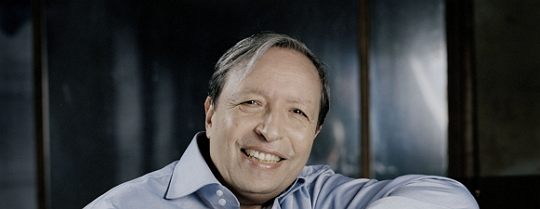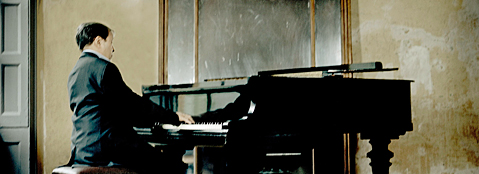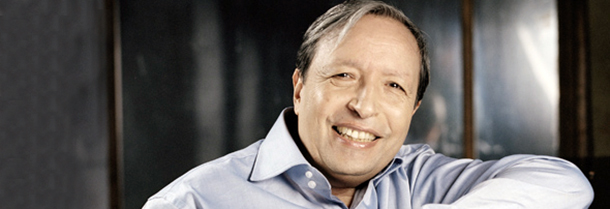Tag: Murray Perahia
-

PROGRAM NOTES: MURRAY PERAHIA
Johann Sebastian Bach: French Suite No. 4 in E flat major, BWV 815 Bach composed suites for keyboard, for various solo chamber instruments, and for full orchestra, each comprising a varied and aesthetically balanced collection of dance movements written in the fashionable style of his day. The harmonic task given to each two-section dance is…
-

MURRAY PERAHIA…REMINISCENCES
Murray Perahia first came onto my radar in 1972 when he won the Leeds International Piano Competition. I knew Murray’s playing through his recordings but didn’t have the opportunity to hear him live for the first time until 1983, when on a visit to London I was able to attend a recital he gave at…
-

HER CUP RUNNETH OVER
Remember that iPod Touch that I confessed to stealing from my husband? Well, now that I’m back in the swing of things, I barely get time to listen to it…and in any case, I’ve been listening to Murray Perahia practising in my living room for the past few days. Murray and I have exchanged quite…
-

MURRAY PERAHIA HAS SOME WILD FANS!
A few weeks ago, I was sitting at YVR waiting for a flight to Seattle – Frankfurt – Johannesburg – Cape Town for a reunion with my friends from the College of Music in Cape Town. My husband recently won an iPod Touch which I quickly appropriated, so now I have finally joined the iPod…


